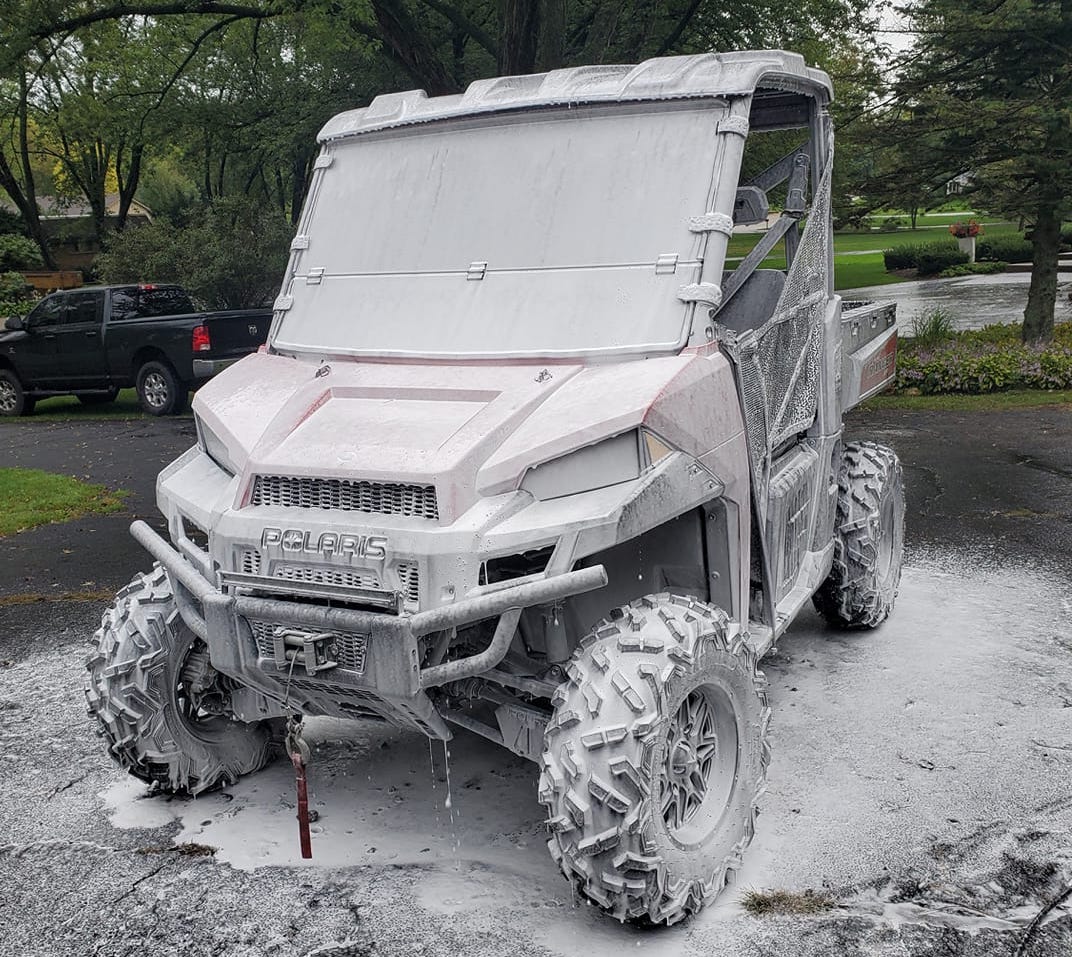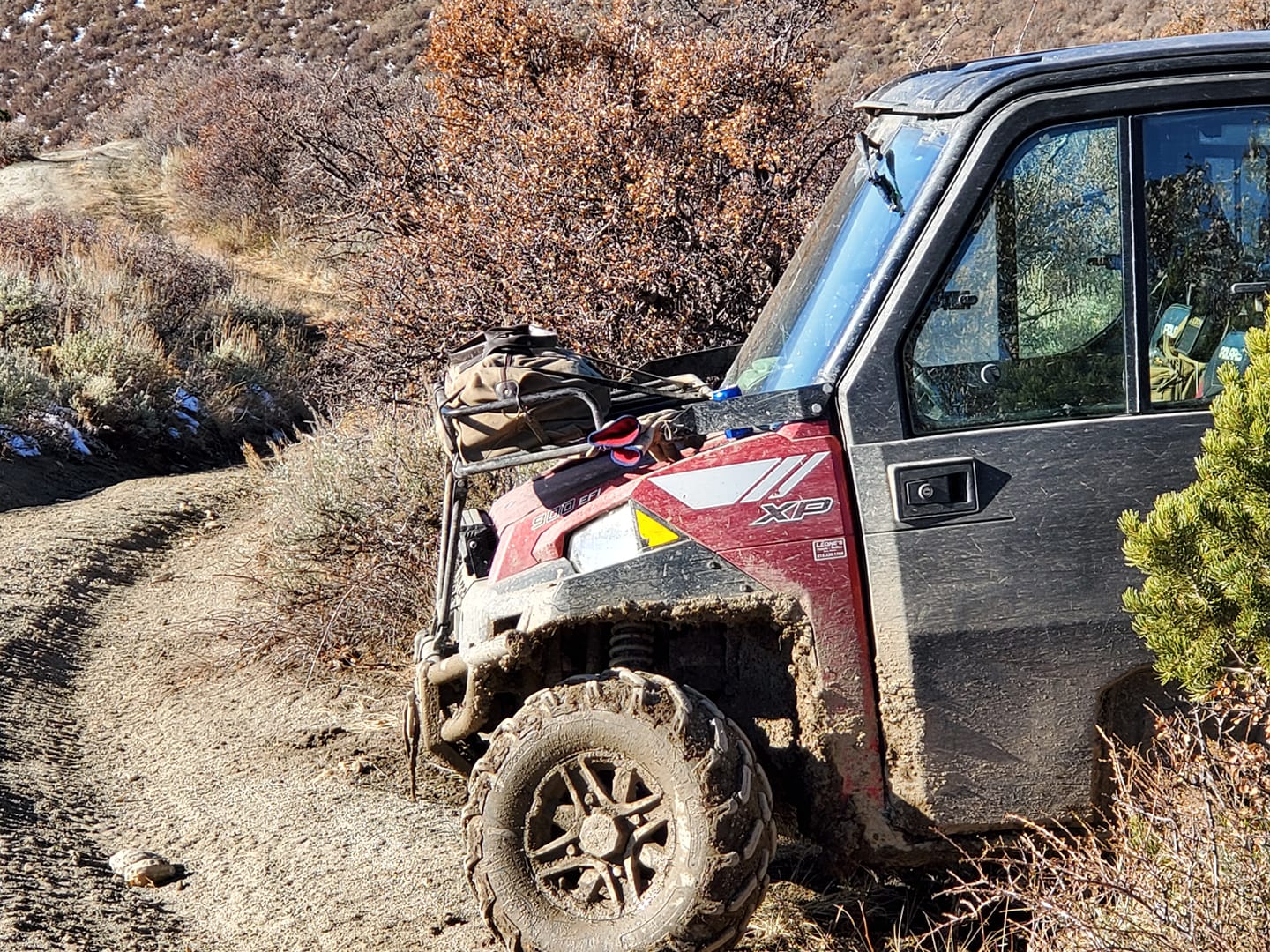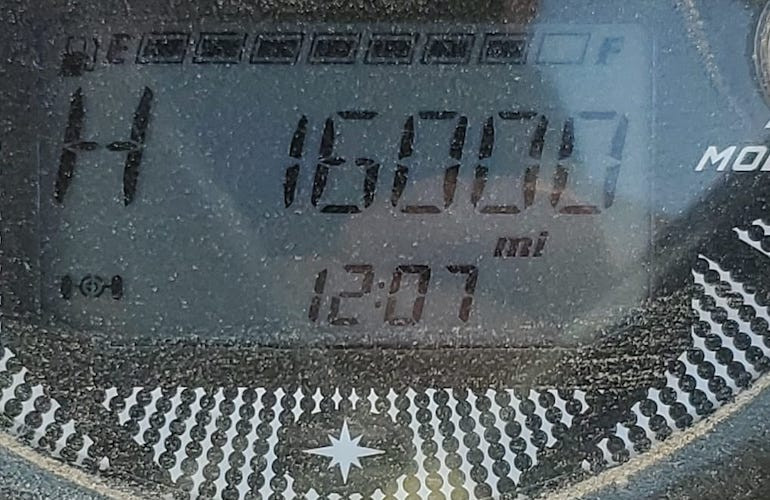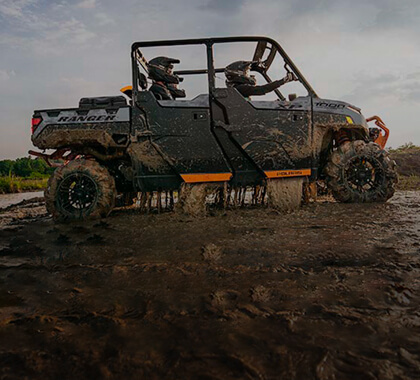How Many Miles Can I Expect To Get Out Of My Polaris Ranger?
Jun 15th 2023
Whether you’re trying to figure out the market value of a used Polaris Ranger before buying / selling it, or simply curious about how long your Polaris Ranger will last, there’s no single answer to how many miles you can expect to get out of a Polaris Ranger. On very rare occasions – and under ideal circumstances – you might see a Polaris Ranger with 25,000, 35,000, or even 45,000 miles on it still going strong. On the other hand, you might also see a totaled Ranger with less than 1,000 miles on the odometer. The biggest factors that determine the lifespan of a Polaris Ranger are how it was ridden and how well it was maintained. But in addition to how hard the vehicle was driven and how often periodic maintenance / preventative maintenance was conducted, the mileage you can get out of a Polaris Ranger will also depend on how heavily it was modified. Some modifications are fine, while others will significantly exacerbate wear, increase the likelihood of damage, and cause the machine’s life expectancy to decrease dramatically. In general, though, how many miles can you expect to get out of a Polaris Ranger? Let’s jump right in!
The Limits Of A Polaris Ranger

When we talk about Polaris Rangers with 7,000 miles, 15,000 miles, or even 20,000 miles on them, we’re talking about machines that were driven conservatively, meticulously maintained, and minimally modified. And although you might see some Polaris Rangers with 20,000+ miles on them, you have to consider the amount of parts that were swapped in and out along the way. Surely the wheel bearings and a-arm bushings were replaced, and perhaps a few axle boots or even a clutch. But was the entire drivetrain replaced? Was the transmission replaced? You can think of a Polaris Ranger like the Ship of Theseus and wonder: if you swap out enough parts, at what point is it still the same machine? Usually – and for the purpose of this discussion – the mileage of a Polaris Ranger involves UTVs that still have their original engines.
On average, you can expect to begin needing more and more replacement parts at 5,000 to 7,000 miles, and many dealers won’t even bother trying to sell anything with more than 10,000 miles on it. But as we stated earlier, maintenance and the driving environment can make or break a side-by-side, and there are some conditions that are particularly hard on off-road vehicles.
Water is the enemy of any UTV, and when you add the abrasiveness and grit of mud, dust, and dirt to the mix, you’ve got yourself a perfect storm that’ll slowly wear away at your machine. Salty conditions are among the worst, and dry dust can also be bad if you don’t monitor your airbox and clean / change your air filter. We understand, however, that you bought your rig to tackle not only country roads, fields, and logging trails, but also areas where mud, water, and dust are unavoidable. With the right precautions, though, you can protect your rig in times of turbulence and tribulation so that it’ll continue to function for years to come!
Getting More Mileage Out Of Your Polaris Ranger

The phrase: “An ounce of prevention is worth a pound of cure.” is attributed to Benjamin Franklin on the topic of fireproofing buildings in Philadelphia. This phrase is almost universally applicable, and it's perfectly apropos to our discussion here. So if you want your rig to last as long as possible, it pays dividends down the line to put in that ounce of prevention. One of the best ways to do this is by following the maintenance schedule outlined in the shop manual, but we here at Everything Polaris Ranger also put together a post about Polaris Ranger maintenance schedules and best practices for upkeep and servicing.
Between the scheduled servicing periods, it’s also important to keep your vehicle clean, as this will go a long way in preventing premature wear and tear. Even if you could care less about shiny body panels or dirty seats, by washing your buggy with the appropriate set of Polaris Ranger cleaning supplies, you’ll be combatting the corrosion, erosion, and general destructive effects that dirt, dust, and grime have on the vehicle’s internals. In addition to post-ride washes, it’s also important to protect your rig while it’s not in use to increase its life expectancy. And for this, storage covers / travel covers are great!
Final Thoughts

Asking “what is considered high mileage on a Polaris Ranger?” is kind of like asking “how long is a rope?”. There are way too many variables to give a concise, complete, and accurate answer that is broadly applicable. A pavement princess, a mall crawler, or a trailer queen may last decades with minimal mileage, while a mud buggy may only last a thousand miles or so before significant repairs are required. On top of the aforementioned factors, the luck of the draw is also a real phenomenon, and some Rangers were destined to go out fast and in a blaze of glory before they even left the factory floor. On the whole, if you take care of your Ranger, it’ll take care of you in return. And while there’s sure to be some required maintenance and restoration along the way, you shouldn't have any trouble getting tens of thousands of miles out of a well-looked-after Polaris Ranger!


